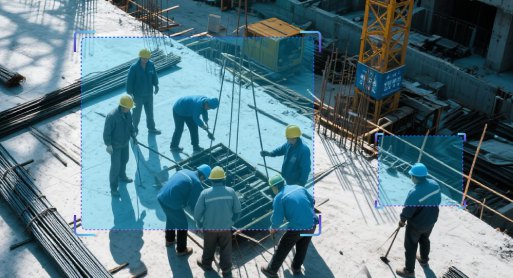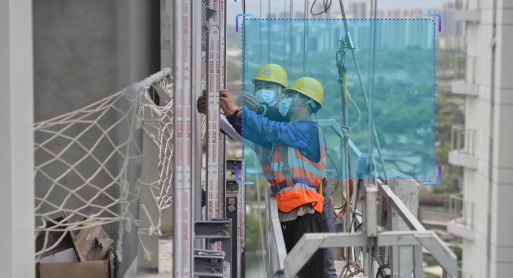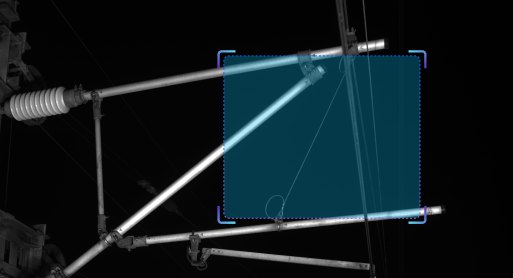
High-Speed Rail C4 Nut Failure Detection

Algorithm Introduction
Utilizing AI algorithms to analyze images for precise identification of various nuts across different specifications and application scenarios. By employing feature point comparison and deformation analysis technologies, the system automatically detects abnormal conditions such as nut loosening (e.g., increased clearance, angular misalignment) and failures (e.g., thread wear, fractures, or rust-induced seizure). Upon identifying potential risks, the system immediately triggers a graded early warning mechanism.
Application Value
-

Nut Fault Detection
Utilizes AI algorithms to analyze images and accurately identify nuts across various specifications and application scenarios. -

Detects abnormal conditions such as loosening and faults through feature point comparison and deformation analysis, triggering graded warnings.
-

Identifies nut-related issues during high-speed rail 4C inspections to ensure component safety and improve maintenance efficiency.
FAQ
-
Algorithm AccuracyAll algorithms published on the website claim accuracies above 90 %. However, real-world performance drops can occur for the following reasons:
(1) Poor imaging quality, such as
• Strong light, backlight, nighttime, rain, snow, or fog degrading image quality
• Low resolution, motion blur, lens contamination, compression artifacts, or sensor noise
• Targets being partially or fully occluded (common in object detection, tracking, and pose estimation)
(2) The website provides two broad classes of algorithms: general-purpose and long-tail (rare scenes, uncommon object categories, or insufficient training data). Long-tail algorithms typically exhibit weaker generalization.
(3) Accuracy is not guaranteed in boundary or extreme scenarios.
-
Deployment & InferenceWe offer multiple deployment formats—Models, Applets and SDKs.
Compatibility has been verified with more than ten domestic chip vendors, including Huawei Ascend, Iluvatar, and Denglin, ensuring full support for China-made CPUs, GPUs, and NPUs to meet high-grade IT innovation requirements.
For each hardware configuration, we select and deploy a high-accuracy model whose parameter count is optimally matched to the available compute power.
-
How to Customize an AlgorithmAll algorithms showcased on the website come with ready-to-use models and corresponding application examples. If you need further optimization or customization, choose one of the following paths:
(1) Standard Customization (highest accuracy, longer lead time)
Requirements discussion → collect valid data (≥1 000 images or ≥100 video clips from your scenario) → custom algorithm development & deployment → acceptance testing
(2) Rapid Implementation (Monolith:https://monolith.sensefoundry.cn/)
Monolith provides an intuitive, web-based interface that requires no deep AI expertise. In as little as 30 minutes you can upload data, leverage smart annotation, train, and deploy a high-performance vision model end-to-end—dramatically shortening the algorithm production cycle.






